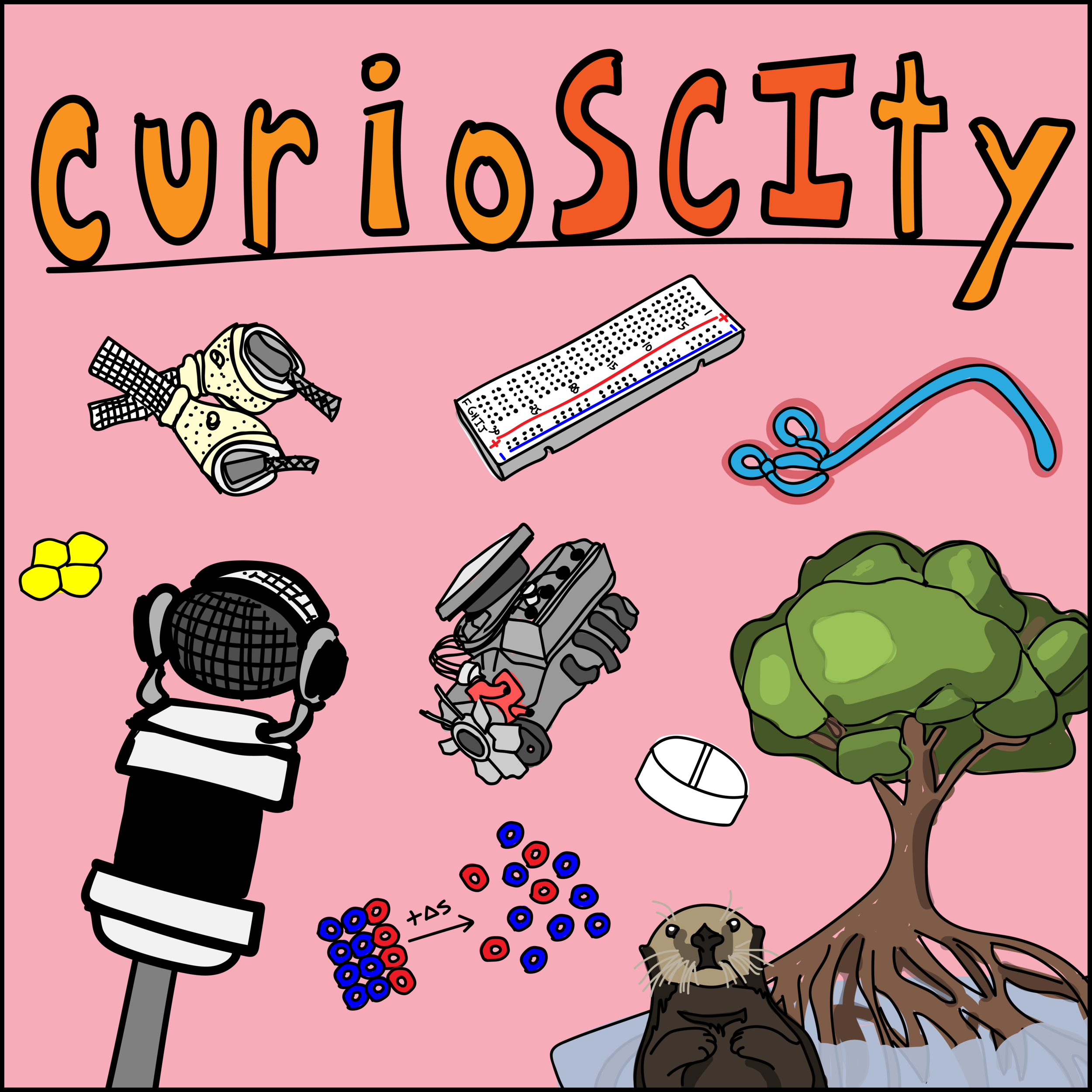42 - Non-human Primates as Model Organisms (w/ Zachary Billman!)
42. Non-human Primates as Model Organisms
Great! I’m a primate. We conclude this year’s series on model organisms by talking about non-human primates. What is a good model? What are the benefits and consequences of non-human primates? What are the ethical dilemmas attached to any model system? Let’s learn to be scientifically conversational.
General Learning Concepts
1) What are non-human primates?
a. What is a primate? Primates are a mammalian order that contains two suborders: prosimians (like lemurs, tarsiers) and anthropoids (monkeys, apes, humans). As discussed in episode 29, the origins of these mammals occurred approximately 65 million years ago. They have hands, often with opposable thumbs, nails instead of claws, great vision (often binocular), and a longer postnatal dependency. The mixed and matched background of these different categorical variables has led to challenging classifications. [2]
Weights can vary wildly, from grams to 400 pounds. Many nonhuman primates are found in India, Africa, Asia, and South America. Primates trend to have larger, more complex brains. All can sit upright, many can stand upright, and some can walk upright for some duration of time.
b. What is the difference between you and a primate? Similar: we have a similar amount of bones, arrangement of internal organs, lack tails, have common blood times, are infected by similar diseases, have hands with thumbs, share sexual dimorphisms (size, upper body muscular development). We are different in terms of bipedalism (short, weak arms… cannot use feet to grab things… arched feet… differently shaped pelvis). We’ll discuss this more in our episode on bipedalism.
Great apes (gorilla, orangutan, chimps) have 48 chromosomes while humans have 46. This is not as significant as could be expected because human chromosome 2 is a fusion of ape chromosome 12 and 13. 96% of DNA base pair sequences of humans and chimpanzees are the same. Most of the 4% difference is in duplicated non-gene segments. If only gene segments are compared, there is a 98% similarity.
The modern human brain is 3x larger than great apes, with a larger brain to body size ratio.
c. What is a model? It’s hard to learn every single thing about every single organism. Using systems that seem to be generalizable allows for comparisons and development of more complex, in-depth experimental developments.
i. Very similar to a model in real life; you can’t necessarily picture what you’ll look like with that jacket until you see it on the model. That being said, it’s not the picture of what you look like, but it is representative. Some models are better than others.
ii. Is the organism good to rear? Is the size convenient? Is it inexpensive? How long is the lifecycle? Can you manipulate the genetics? Will the results be useful? Will others use the model?
iii. Example: The natural course of a disease in humans may take dozens of years. In contrast, a model organism can quickly develop a disease or some of its symptoms. That allows researchers to learn about the disease in a much shorter time
2) What are the pros and cons of using non-human primates as models?
a. Pros: Most closely related animal models of human disease; show fewest differences (including similar brains). Some pieces of immunology are nearly impossible to study in cell-culture or with more distantly related species without humanizing systems. [2]
b. Cons: Long generation times. Small liter sizes. Smaller sample sizes. Lessened statistical power due to outbred genetic variation. Huge ethical dilemmas, which will be discussed shortly.
3) What is the historical basis of using non-human primates as model systems?
a. Rhesus macaque: The rhesus macaque (Macaca mulatta) is an Asian Old-World monkey used in biomedical research due to its closeness to humans and to the ease of rearing the animal in captivity. Showing that acquired immune deficiency syndrome (AIDS) came from a virus was shown in macaque models. [2]
b. Chimps: Once a staple for research on topics like the AIDS epidemic, most chimp research has been entirely stopped in the United States (due to NIH phasing out support for chimp research, followed by the US Fish and Wildlife designation of “endangered”).
c. Baboons: A common model for gestational and developmental research. [2]


